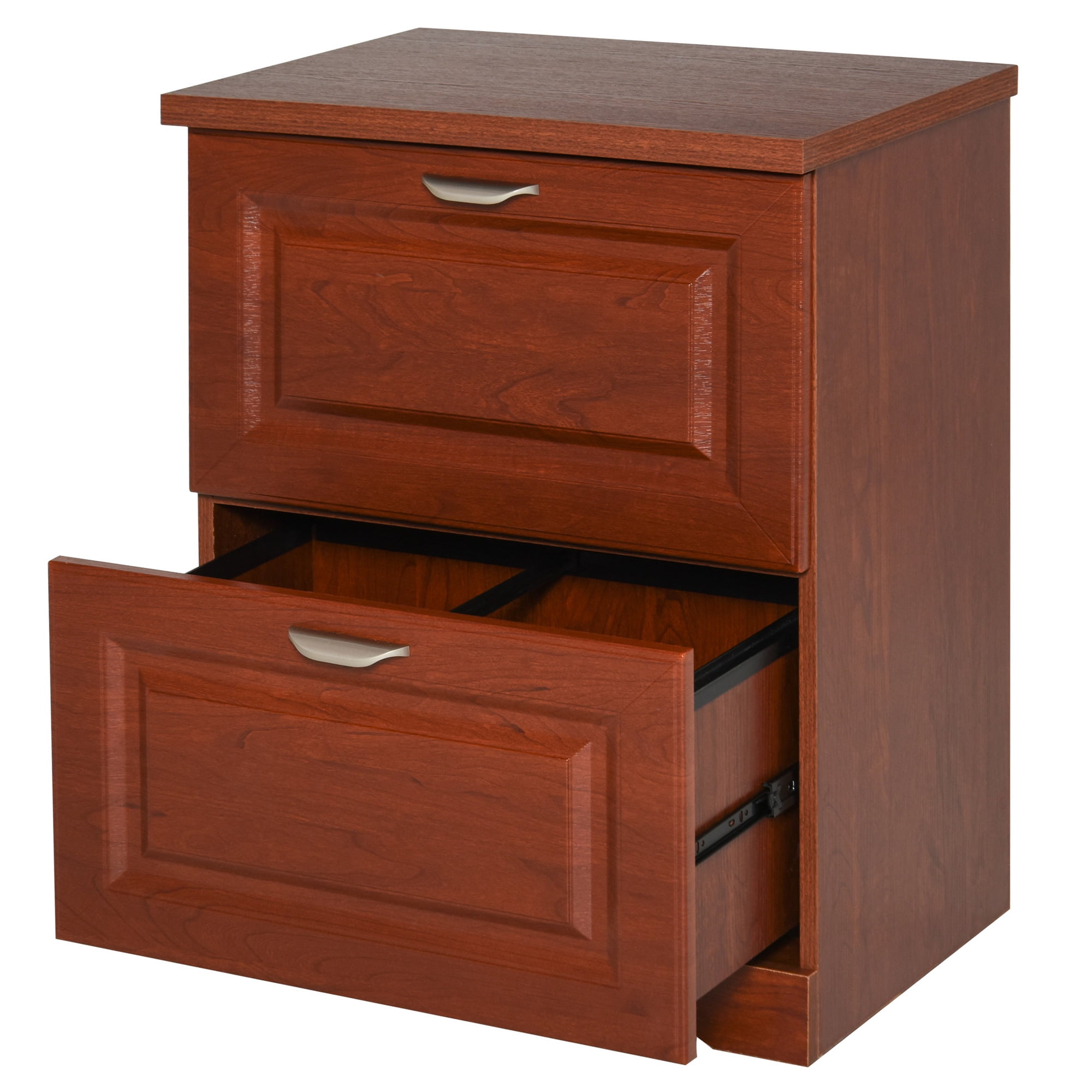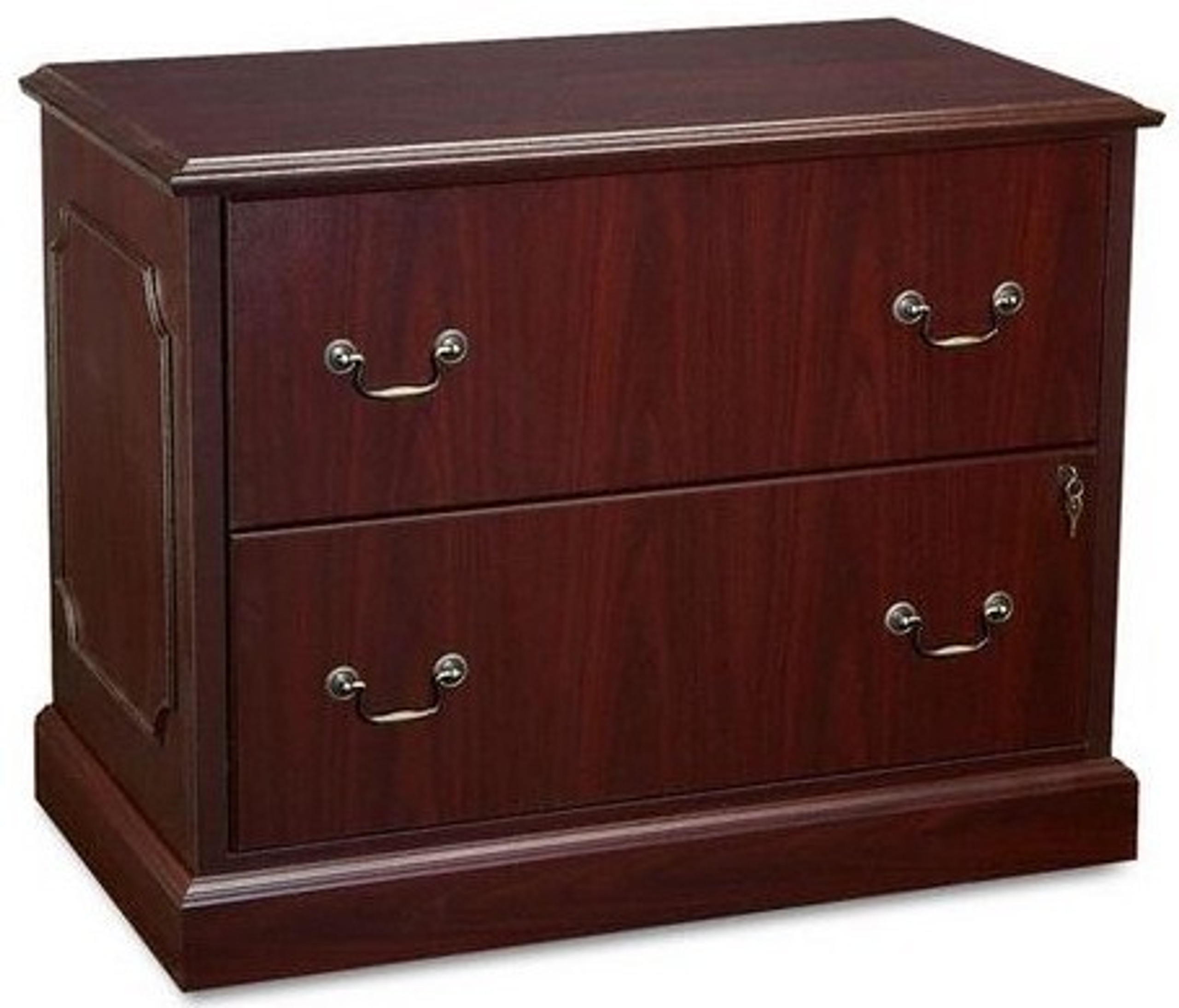Buying Guide

Choosing the perfect two-drawer lateral file cabinet for your Jogja pad can feel overwhelming, but with a little savvy, you can find the ideal blend of style and functionality. This guide will walk you through the key factors to consider, ensuring your purchase is a solid investment, not just a fleeting trend.
Budget Considerations and Intended Use, Two drawer lateral file cabinet wood
Your budget significantly impacts your options. A modest budget might lead you towards solid wood alternatives like pine or engineered wood, offering a decent balance of cost and durability. For a more premium look and feel, consider teak or mahogany, but be prepared for a higher price tag. Think about how you’ll use the cabinet – for storing important documents at home, organizing your creative projects, or something else entirely? This will influence your choice of size, features, and overall style. A cabinet for a home office will have different requirements than one for a bustling creative studio. For instance, a smaller cabinet might suffice for a minimalist home office, while a larger one is needed for a home-based business requiring extensive document storage.
Weight Capacity and Construction Quality
Don’t underestimate the importance of weight capacity. A flimsy cabinet will struggle under the weight of numerous files, leading to sagging drawers and potential damage. Look for cabinets with a clearly stated weight capacity, and choose one that comfortably exceeds your anticipated storage needs. High-quality craftsmanship is evident in details like sturdy joints, smooth drawer slides, and a durable finish. Inspect the cabinet carefully for any imperfections, wobbles, or signs of poor construction. Solid wood cabinets often showcase dovetail joints, a hallmark of superior construction. These joints are incredibly strong and aesthetically pleasing. Conversely, a cabinet with simple butt joints might be less durable in the long run. Pay attention to the drawer glides; smooth, quiet operation indicates quality hardware. A heavy, well-constructed cabinet will feel substantial and stable, not flimsy or lightweight. For example, a cabinet made with solid teak wood and dovetail joints would likely be much more durable and capable of handling a heavier load than one made with particle board and simple butt joints.
Decision-Making Flowchart
Before you dive into your purchase, consider this simplified decision-making flowchart:
- Determine your budget: Low, Medium, or High. This will immediately narrow your options significantly.
- Assess your storage needs: How many files do you need to store? This determines the cabinet’s required size and drawer capacity.
- Consider the intended use: Home office, creative studio, or other? This will guide your choices regarding style and features.
- Check weight capacity: Ensure the cabinet can comfortably handle your anticipated load. A higher weight capacity indicates better durability.
- Evaluate construction quality: Look for sturdy joints, smooth drawer slides, and a durable finish. A well-made cabinet will last longer.
- Make your purchase: Choose the cabinet that best meets your needs and budget. Consider additional factors such as style and finish.
Care and Maintenance: Two Drawer Lateral File Cabinet Wood

Keeping your wooden two-drawer lateral file cabinet looking slick and functioning smoothly is all about a little TLC. Regular cleaning and mindful use will extend its life and keep it looking rad for years to come. Think of it like keeping your favorite band t-shirt in pristine condition – a little effort goes a long way.
Regular cleaning prevents dust buildup and protects the wood’s finish. Protecting your cabinet from scratches, dents, and water damage is key to maintaining its aesthetic appeal and structural integrity. Ignoring these things could lead to costly repairs or even needing to replace the whole thing – definitely not cool.
Cleaning and Maintenance Methods
To clean your wooden file cabinet, start by dusting it regularly with a soft, dry cloth. For stubborn dirt or grime, use a slightly damp (not wet!) cloth with a mild, wood-friendly cleaner. Always test any cleaner on an inconspicuous area first to ensure it doesn’t damage the finish. After cleaning, buff the surface with a dry cloth to restore its shine. Avoid harsh chemicals, abrasive cleaners, and excessive moisture, as these can damage the wood and its finish. Think of it like treating your favorite vinyl record – gentle care is essential.
Scratch Repair
Minor scratches can often be buffed out with a fine-grit sandpaper (like 220-grit) followed by polishing with a wood polish or wax. For deeper scratches, you might need a wood filler that matches the cabinet’s color. Apply the filler, let it dry completely, sand it smooth, and then refinish the area with a matching stain and clear coat. Remember to always test any repair products on a hidden area first. This is similar to fixing a chip in your favorite guitar – patience and precision are key.
Loose Hardware Repair
Tighten loose knobs, handles, or drawer slides with a screwdriver. If the screws are stripped, you may need to fill the holes with wood glue and insert slightly larger screws. If the hardware itself is damaged, replace it with new pieces that match the existing style. Remember to use the correct size and type of screwdriver to avoid damaging the screw heads or the surrounding wood. This is like keeping your bike in top condition – regular checks and minor adjustments prevent bigger problems down the line.
Drawer Slide Lubrication
Properly lubricated drawer slides ensure smooth and quiet operation. Before lubricating, clean the slides thoroughly with a dry cloth to remove any dust or debris.
- Apply a small amount of lubricant, such as silicone-based spray lubricant or furniture wax, to the drawer slides.
- Open and close the drawers several times to distribute the lubricant evenly.
- Wipe away any excess lubricant with a clean cloth.
Never use oil-based lubricants, as these can attract dust and grime, leading to sticky drawers.
Always ensure the drawers are fully closed before applying lubricant to avoid accidental spraying onto the cabinet’s finish.
Finish Restoration
Over time, the finish of your wooden file cabinet may become dull or scratched. To restore the finish, you can start by gently cleaning the surface with a soft cloth and mild cleaner. Then, apply a wood polish or wax to revitalize the shine. For more significant damage, you may need to sand the surface lightly with fine-grit sandpaper, followed by applying a new coat of stain and clear coat. This process requires patience and precision. Remember to always test any products on a hidden area first to avoid unwanted results. It’s like giving your favorite leather jacket a good conditioning – a little care goes a long way to keeping it looking fresh.
